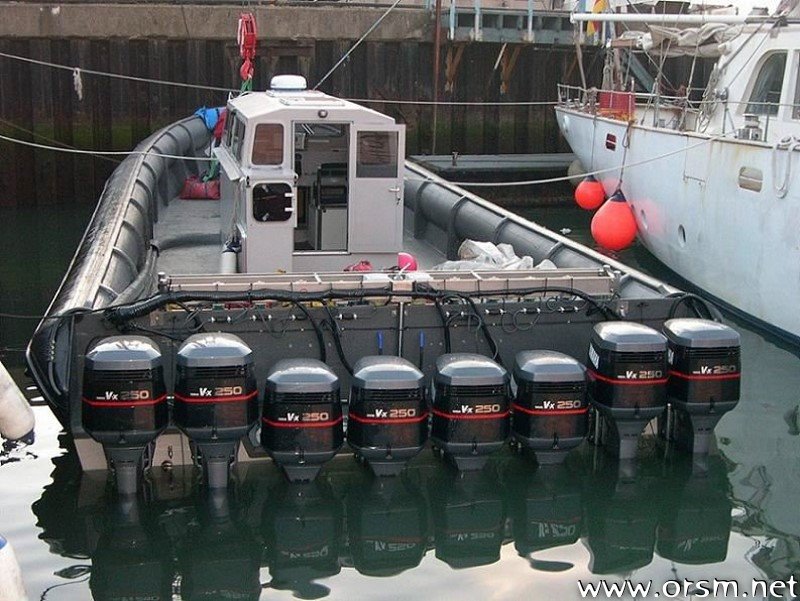The following were questions that came up during our last session there were not in the book. In addition, to responding to these questions, chime in whether or not you think these issues should be mentioned or addressed the core rules (like in side bar) or left up to the GM to research and write up.
1) In the Star Wars universe, is there fuel for starships? Or unlimited power produced by reactors? How much fuel is consumed per jump and is it related to distance travelled? How much does it cost?
2) How much do docking fees cost? What is exactly is included with a docking service, right to park, maintenance, etc? How does this fluctuate from place to place?
3) When are cargo holds inspected/scanned and taxes and fees levied? When does a smuggler smuggle?
In campaign setting where you start with a freighter and jet around galaxy with illegal goods these questions should come up frequently and my personal level Star Wars nerd doesn't get this technical.
